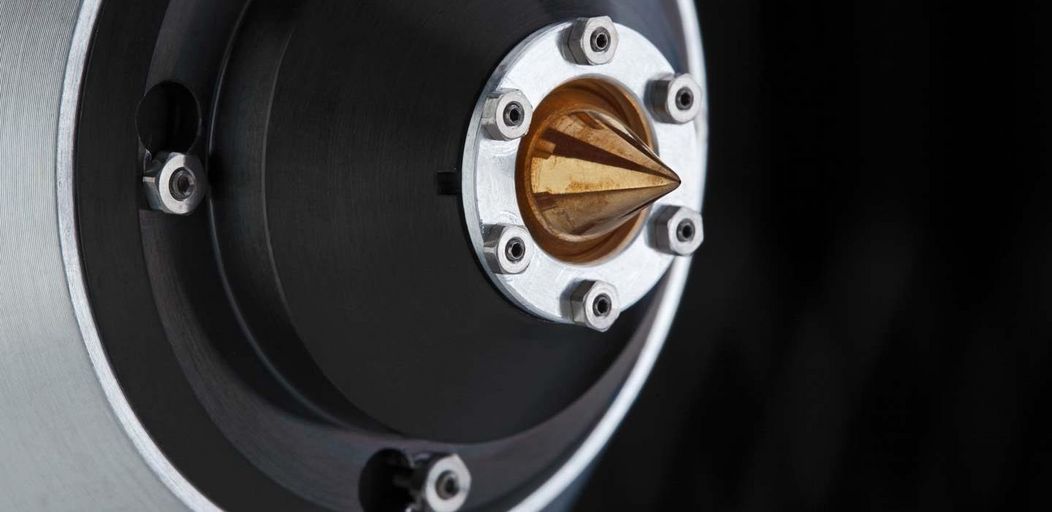 Detail
DetailScientists at Berkeley Lab gain insights into the fundamental operating principles of photoelectrochemical (PEC) cells
A team of scientists at Berkeley Lab’s Advanced Light Source (ALS) investigated the photoinduced electron transfer between Au nanoparticles and TiO2 substrate by using picosecond time-resolved X-ray photoemission spectroscopy (TRXPS) in order to reveal the underlying mechanism of photoelectrochemical cells (PEC). The PEC cells are of major importance for producing solar fuels as one of the renewable energy production alternatives to the fossil fuels. The experiments were also highlighted in the Berkley Lab News.
The measurements were performed at Beamline 11.0.2 of the Advanced Light Source. In this study, a picosecond laser beam was used to initiate the charge transfer at the interface between Au nanoparticles and TiO2 substrate. For probing the charge-transfer process, X-ray picosecond pulses with different energies were employed. The X-ray beam was temporally synchronized and spatially overlapped with the laser beam. The emitted electrons were investigated by using a PHOIBOS 150 NAP hemispherical electron analyzer equipped with a two-dimensional delay line detector (2D-DLD) that allows for fast detection of the emitted photoelectrons. By varying the time delay between the pump and the probe pulse, snapshots of the charge-transfer process evolution could be acquired.
These studies were published in the Journal of Physical Chemistry Letters https://pubs.acs.org/doi/full/10.1021/acs.jpclett.0c00825. We are proud to have been able to support the authors with our instruments in their outstanding research.
